The plantar pressure and gait analysis system is a cutting-edge device that integrates biomechanics, sensor technology, and data visualization. Put simply, it is a high-tech tool used to analyze how you walk and how your feet bear pressure.
Though it quietly “lies on the ground,” it is subtly transforming service models, diagnostic methods, and even training philosophies across multiple industries.
So, in which fields is this system actually used?
1. Sports rehabilitation: Finding the “source code” of injuries
Many athletes suffer recurring injuries. Why? Because we often only see the result, while ignoring hidden movement errors.
Plantar pressure and gait analysis can accurately capture asymmetries in walking, running, or direction changes, identifying issues such as abnormal force application, gait deviation, or lower limb instability.
Based on this, rehabilitation specialists can formulate targeted training and adjustment plans, addressing problems at the root, not just on the surface—greatly reducing the rate of recurrence. Whether it's post-surgery recovery, post-sprain training, or chronic injury management, this system is an irreplaceable “evaluation assistant.”
2. Clinical medicine: Giving diagnosis another “eye”
Did you know? Patients with diabetic foot, Parkinson’s disease, cerebral palsy, or those recovering from stroke often show subtle but critical gait abnormalities.
These are difficult for doctors to observe with the naked eye, but the plantar pressure and gait analysis system can provide real-time images and data—such as stride differences, gait cycle, left-right symmetry, and force trajectory—helping clinicians detect early signs of disease and intervene in advance.
In rehabilitation departments, orthopedics, and neurology, more and more hospitals are incorporating this system as a clinical evaluation tool. It is no longer an “optional extra,” but a core part of precision medicine.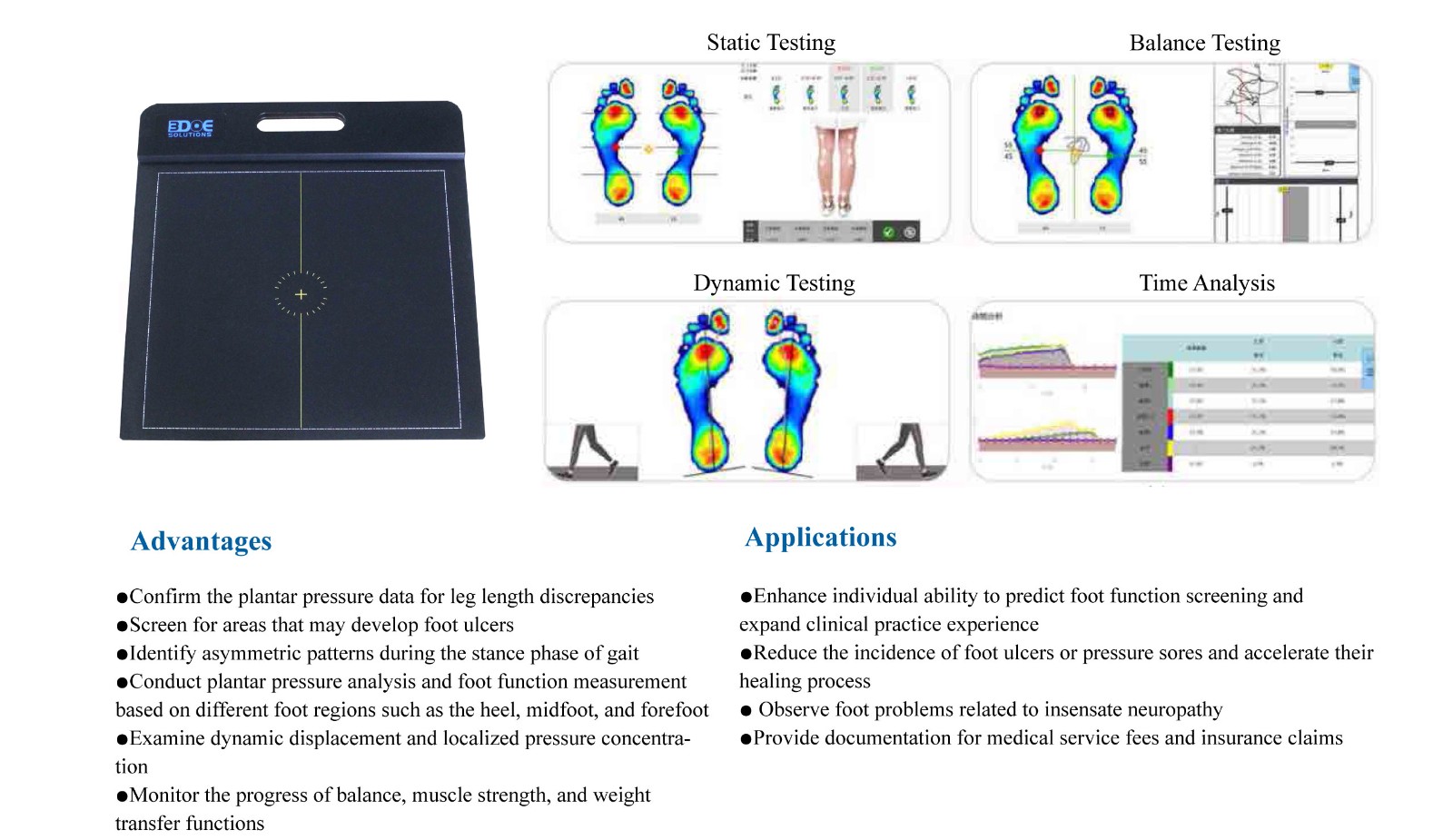
3. Child development assessment: Understanding signals beneath kids’ feet
Children’s foot shapes change rapidly, and many potential issues arise during growth—such as flat feet, in-toeing, or unstable walking posture. If ignored, these small problems may affect lower limb mechanics and even spinal health.
Plantar pressure and gait analysis can help build dynamic developmental profiles for children, tracking foot arch formation, pelvic tilt, gait coordination, and more—allowing early detection of abnormal development trends.
Many pediatric health centers, youth sports training facilities, and even kindergarten health check-ups are beginning to adopt this system for routine screening, helping parents manage their child’s foot health more scientifically.
4. Footwear and customization industry: Truly achieving “made-to-measure”
Buying shoes used to rely on size and feel. Now, with high-end footwear stores adopting plantar pressure and gait analysis systems, recommendations are no longer guesses—they’re calculations.
By analyzing pressure distribution and gait patterns, the system can determine whether customers have structural foot issues, such as pronation, supination, or collapsed arches, and recommend shoes with more appropriate support and better fit.
For custom shoes, functional insoles, or premium sports footwear brands, this system empowers service with data. It not only builds customer trust, but also greatly improves conversion rates and satisfaction.
5. Elderly health monitoring: Walking is the “barometer” of well-being
Many age-related physical problems begin with instability while walking. But falls are only the result—the true causes often lie in muscle deterioration, slowed neural responses, and weakened balance control.
With regular monitoring, the plantar pressure and gait analysis system can detect signs like slower gait, reduced symmetry, or shifted center of gravity—warning of fall risk early—and guide seniors or families to take timely training and safety measures.
Some community clinics, senior care centers, and smart eldercare platforms have already integrated the system into routine health management for the elderly, truly achieving the goal of preventing falls before they happen.

 +86-0755-86131192
+86-0755-86131192 2025-07-07
2025-07-07 Back to list
Back to list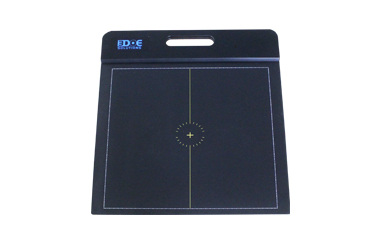
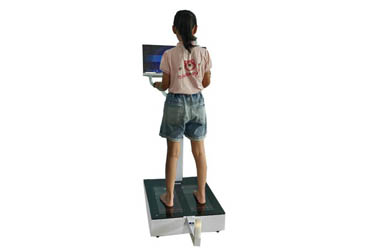
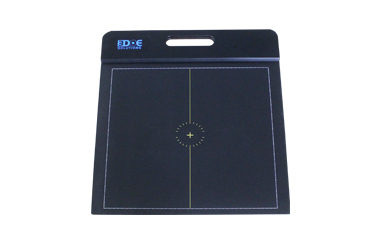
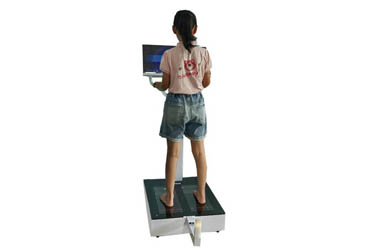
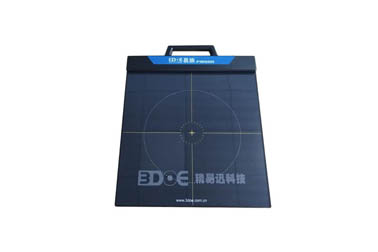
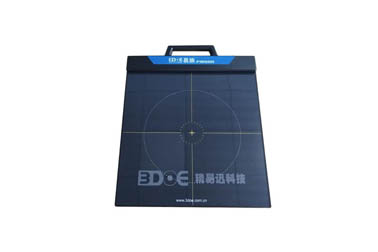



 +86-0755-86131192
+86-0755-86131192